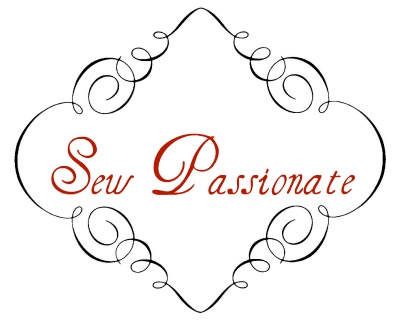My biggest designer has me working on a job in Beverly Hills. It's a bedding job and since I have been wanting to share how to make Euro Shams with Flanges, it came at the perfect time. Euro Shams are a fabulous part of a bedding ensemble. Often times they have a top stitched flange around the border. The problem with flanges, especially if they are 3" wide is they flop away from the front of the pillow and don't really give the impact they are meant to give. Here are a few examples of floppy flanges:
I'm going to show you how to get rid of the "flop".
Follow along as I make these Easy Euro Shams.
I usually put a zipper closure in my shams, but this designer specifically asked for french closures. So this really is going to be one of the easiest projects for beginner sewers.
Technically Euro Shams are 26"x26". But you can make them whatever size you want. I am making 26"x26" Euro Shams with a 3" flange. Again, you can make your flange whatever size you desire.
Since Euros are so big, I always estimate 2 yds of fabric per sham.
What you'll need:
2 yds of fabric per sham
matching thread
1 yd of lining per sham
1 yd of batting per sham
Lets figure our cuts.
Take a look at the diagram above. We will cut the front of our sham 33"x33" (26"+3"+3"+1"=33")
The second diagram is a view of the back of our pillow. To figure the cuts of our french closure in the back, we take half the pillow 13"+3" flange+1/2" seam allow.+2" overlap+2" double 1" hem=21 1/2".
So we cut 2 pieces 21 1/2" wide x 33" long.
Also cut a lining piece 33"x33" and a piece of batting 33"x33". Use upholstery batting, not quilt batting. Your batting needs to be thick and have plenty of body to it in order to keep those flanges from flopping.
Press up double 1" hems on the center edges of your back pieces.
Top stitch the hem close to the folded hem edge.
Now we're gonna make a sham sandwich. Place your lining piece down, then your batting, then the front of your sham with the face of the fabric up, then lay your 2 french closure sections on top with the face of the fabric down.. Align the outside edges of all the layers. Remember our back pieces are going to overlap by 4" total. Pin all the way around all 4 edges. I use more pins then usual when pinning these layers together because they tend to slip around when they are under the presser foot of the sewing machine.
Using a 1/2" seam allowance, stitch around all four sides of your sham sandwich. If any of your layers shift, just stitch according to the front 33x33 square. Clip the corners diagonally 1/8" from stitching.
Turn right side out and press the edges flat making sure the fabric on the back does not come around and peek out on the front.
As you're pressing the edges, pin approx. 2 1/2" from the outside edge.
Instead of using tailors chalk or disappearing sewing pens, I use painters tape as a guide to top stitch my 3" flange.
I also keep a hem gauge handy so when I get near the corner I can measure when I'm 3" from the next edge. At that point, I stop with my needle down, lift the presser foot, pivot my pillow, lower the presser foot and continue my top stitching.
Stuff your pillow with a Euro size pillow fill and you are done!
No floppy flanges!! Told you it was easy!! Hope you enjoyed this tutorial and stay tuned for many more!
Pin It






























